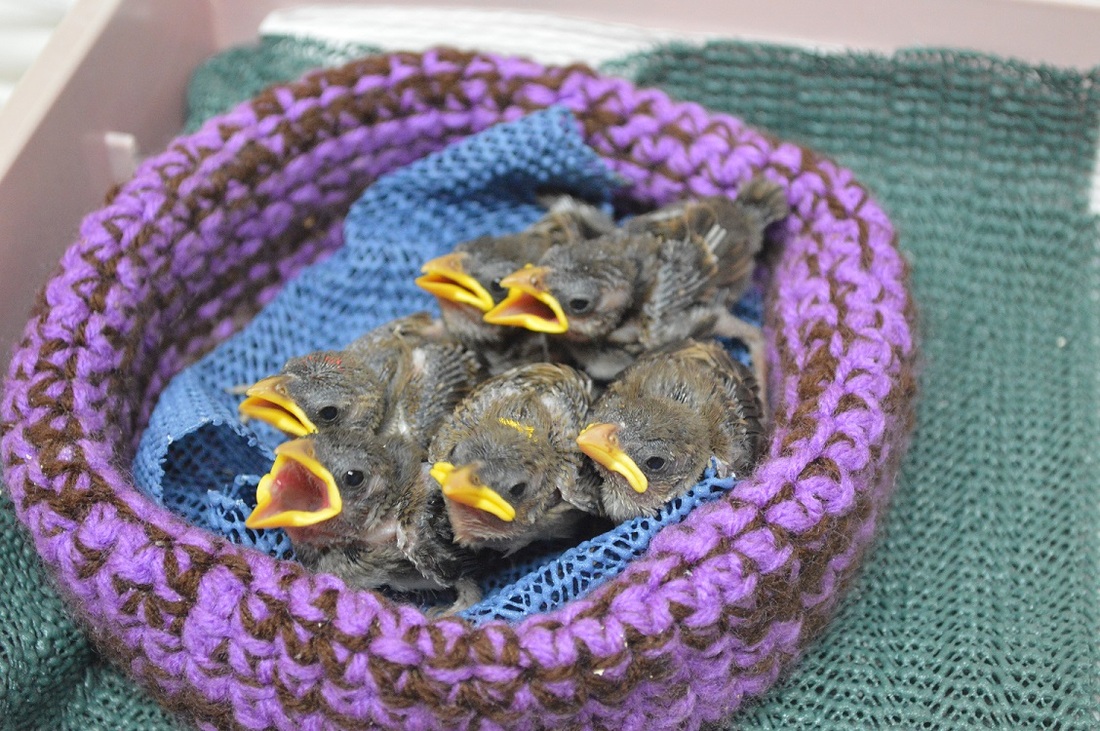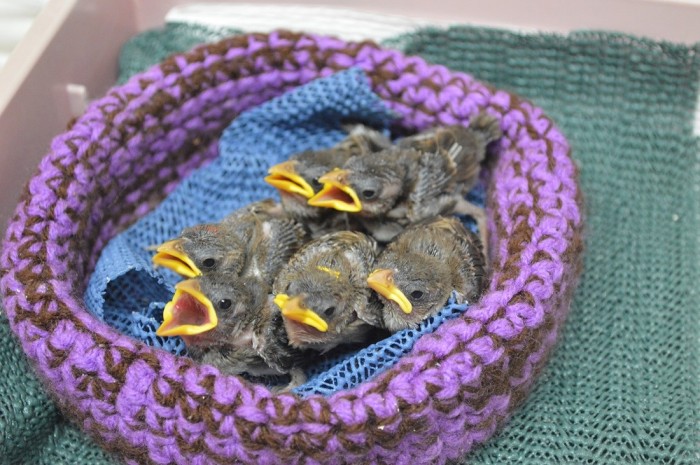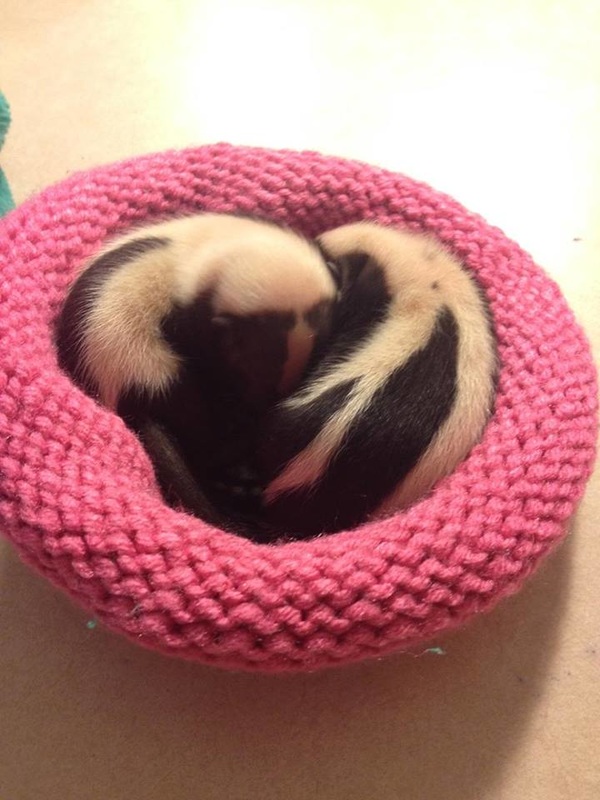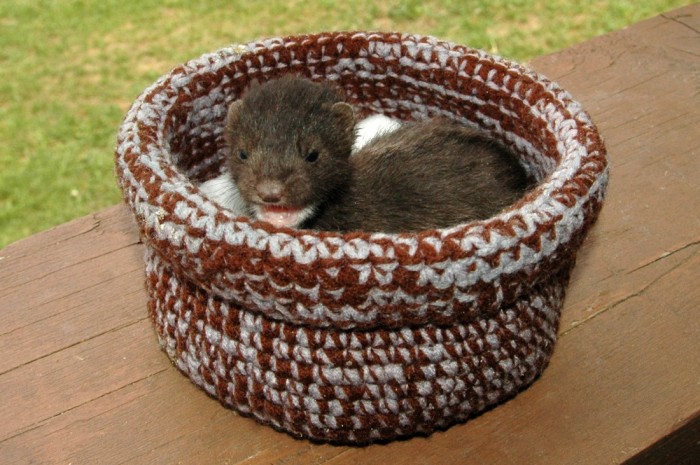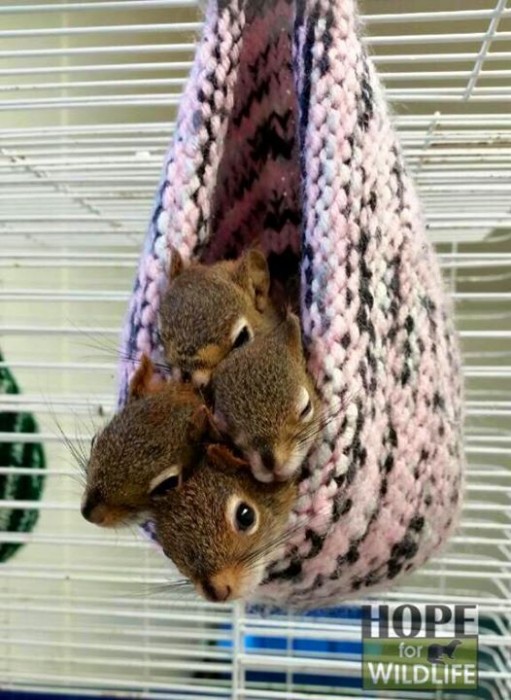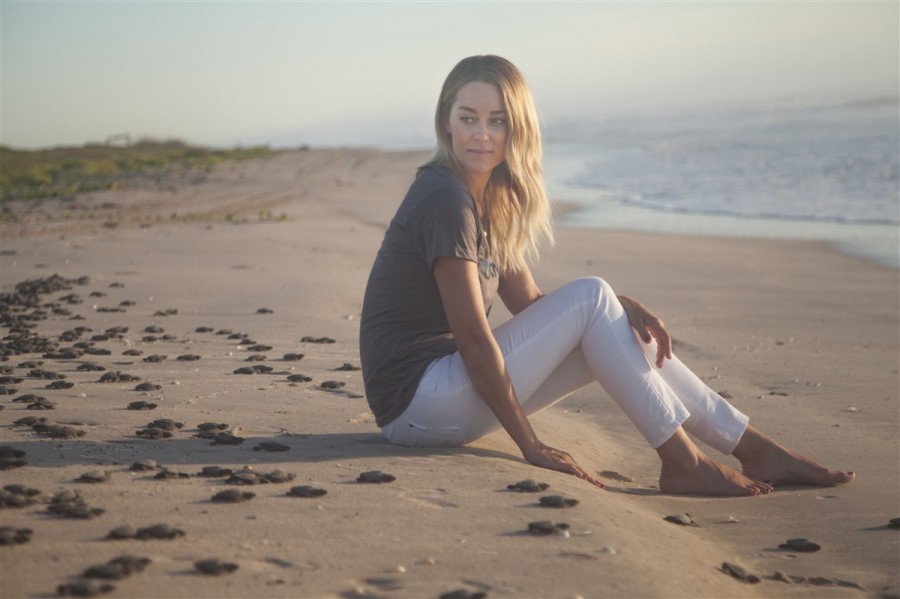
So they went up to the Mock Turtle, who looked at them
with large eyes full of tears, but said nothing.
‘This here young lady,’ said the Gryphon,
‘she wants for to know your history, she do.’
‘I’ll tell it her,’ said the Mock Turtle in a deep, hollow tone:
‘sit down, both of you,
and don’t speak a word till I’ve finished.’
-Lewis Carroll, Alice’s Adventures in Wonderland
There are seven species of sea turtles and six of them are classified as threatened or endangered thanks to the consequences of human activity: poaching, pollution, plastics in the ocean, compromised habitat. The smallest of these, Kemp’s Ridley sea turtles, are critically endangered, mostly due to “bycatch”— being ensnared in nets intended for fish or other seafood. As many as 50,000 sea turtles are being killed every year in the South Atlantic and Gulf of Mexico, with Kemp’s Ridleys constituting 82 percent of those killed.
While all sea turtles are, importantly, adorable, they are also an essential part of ocean ecosystems. Their grazing helps maintain healthy seagrass beds and coral reefs, they providing habitat for other marine life, they are a key player in marine food webs and they move nutrients from water to land.
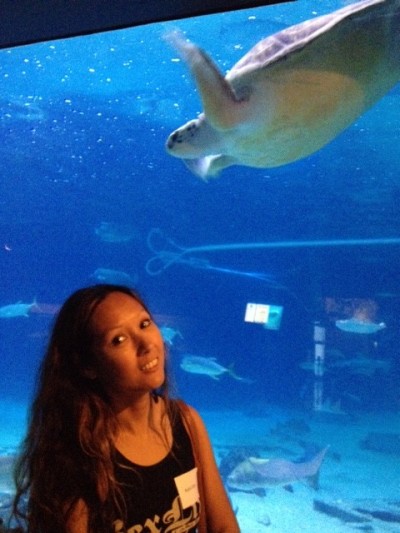
Ocean conservation non-profit Oceana is petitioning to require all shrimp trawlers in the southeast shrimp trawl fishery to use Turtle Excluder Devices (TEDs), specialized metal grates inserted in trawl nets that allow captured sea turtles to escape.
You can help.
Write to President Obama and Secretary Penny Pritzker and let them know that sea turtles warrant protection. Have your kids draw pictures (or color in this one). Oceana and One More Generation will collect the letters and present them on World Sea Turtle Day, June 16th.
The deadline to contribute your letters and add your voice is May 23, 2016. You can mail to either of these addresses, or scan and email:
Oceana
Attn: Save Sea Turtles
1350 Connecticut Ave. NW 5th Floor
Washington, DC 20036
lsnyder@oceana.org
One More Generation
Attn: Save Sea Turtles
P.O. Box 143627
Fayetteville GA 30214
info@onemoregeneration.org
Or, you can simply sign this online petition.
You can also help the sea turtles by:
- seeking out shrimp that’s locally farmed— a lot is imported from countries like Thailand, Ecuador, Indonesia, and Vietnam where shrimp farming is not as regulated.
- helping to keep beaches clean, especially nesting grounds.
- working to reduce artificial lighting at nesting grounds. These can discourage females from nesting, and confuse the newly hatched from making their way successfully out to sea.
- educating others about the endangered status of sea turtles. You cannot love a thing you do not know.
- sharing this and other PSAs that make caring contagious, encouraging others to help.
(This PSA was shot at the Rancho Nuevo Sea Turtle Sanctuary in Tamaulipas, Mexico, during a mass hatching in June 2015. Rancho Nuevo is the nesting site for 95 percent of the world’s Kemp’s Ridley sea turtles, arriving en masse in the spring and early summer; about 97,000 Kemp’s Ridley sea turtles hatcheed from more than 2,000 nest. It is, as you can see, pretty fricking amazing.)
Learn more about Oceana, the importance of sea turtles and how TEDs work at http://usa.oceana.org/turtles.

